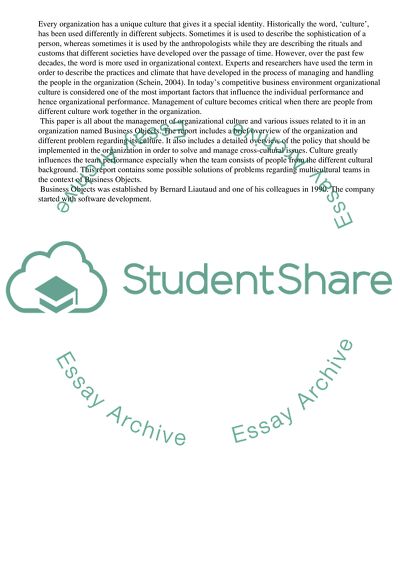Cite this document
(“Cross Cultural Management in the Context of Business Objects Essay”, n.d.)
Cross Cultural Management in the Context of Business Objects Essay. Retrieved from https://studentshare.org/management/1563593-cross-cultural-management-business-objects-case-study-analysis
Cross Cultural Management in the Context of Business Objects Essay. Retrieved from https://studentshare.org/management/1563593-cross-cultural-management-business-objects-case-study-analysis
(Cross Cultural Management in the Context of Business Objects Essay)
Cross Cultural Management in the Context of Business Objects Essay. https://studentshare.org/management/1563593-cross-cultural-management-business-objects-case-study-analysis.
Cross Cultural Management in the Context of Business Objects Essay. https://studentshare.org/management/1563593-cross-cultural-management-business-objects-case-study-analysis.
“Cross Cultural Management in the Context of Business Objects Essay”, n.d. https://studentshare.org/management/1563593-cross-cultural-management-business-objects-case-study-analysis.


